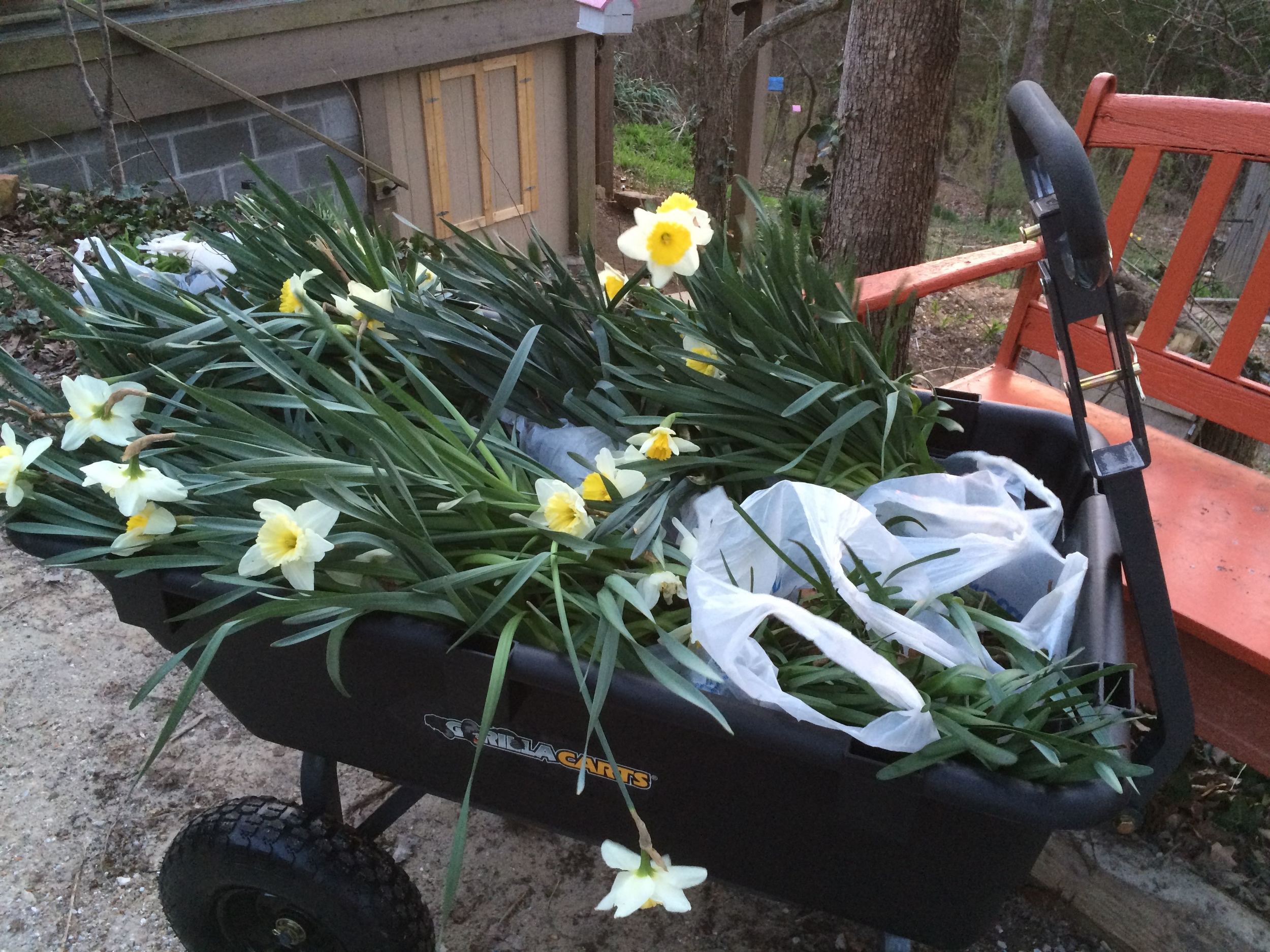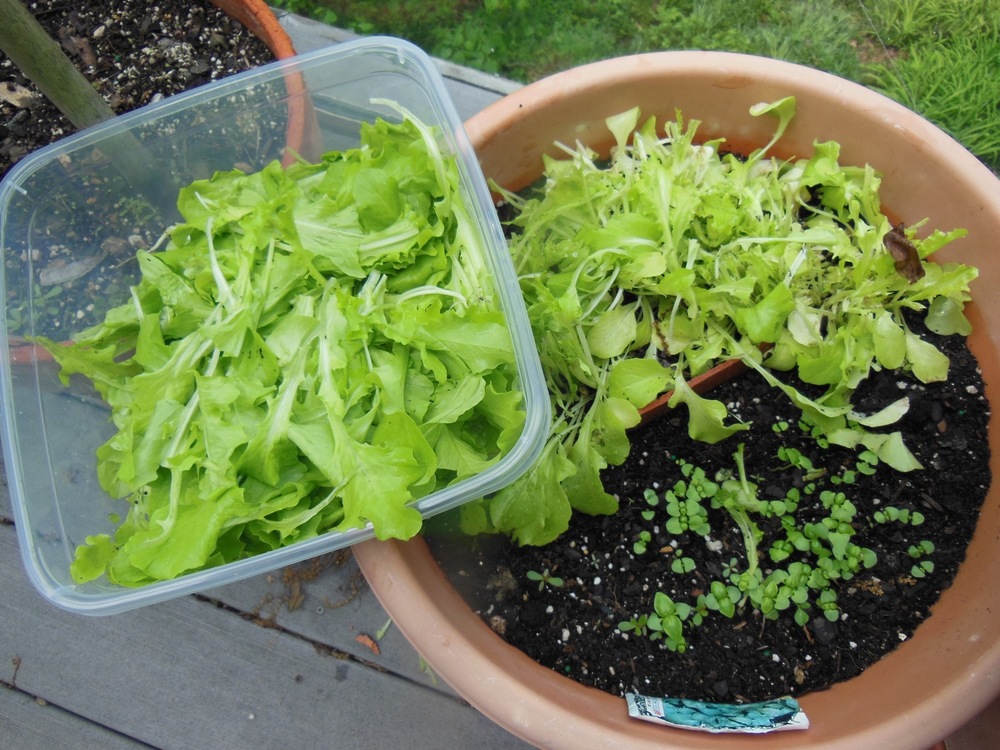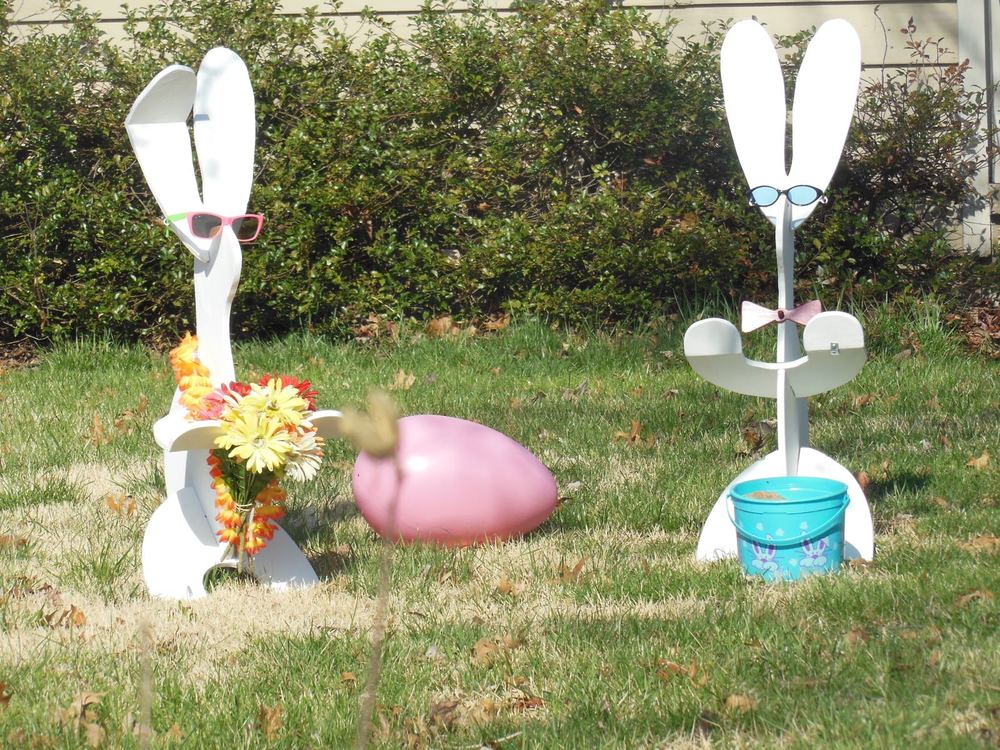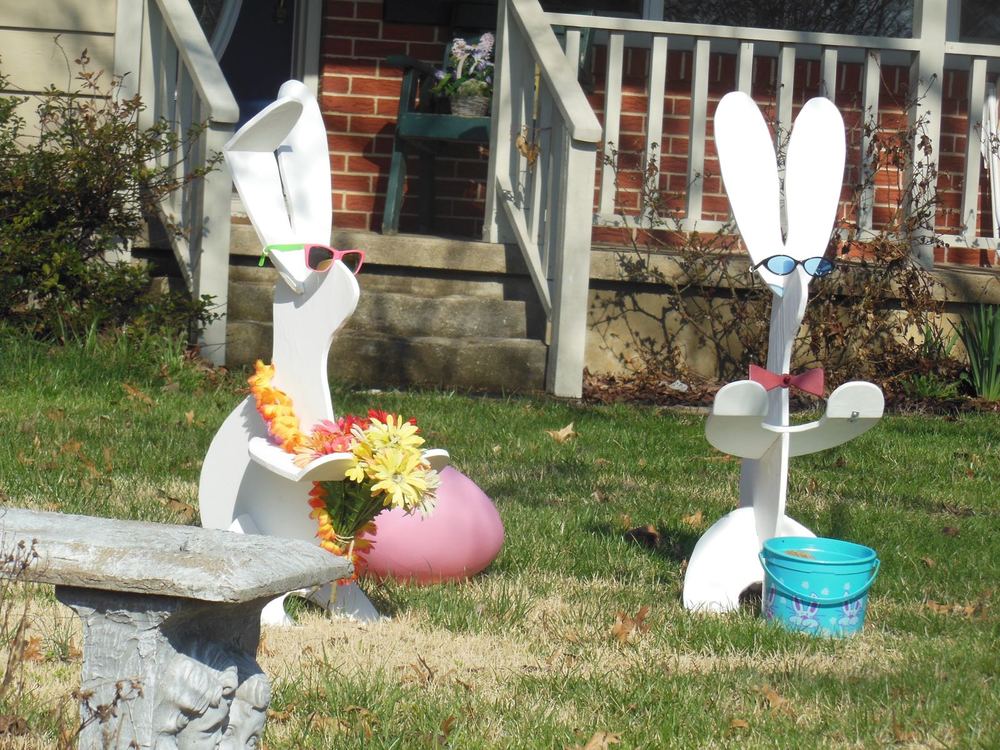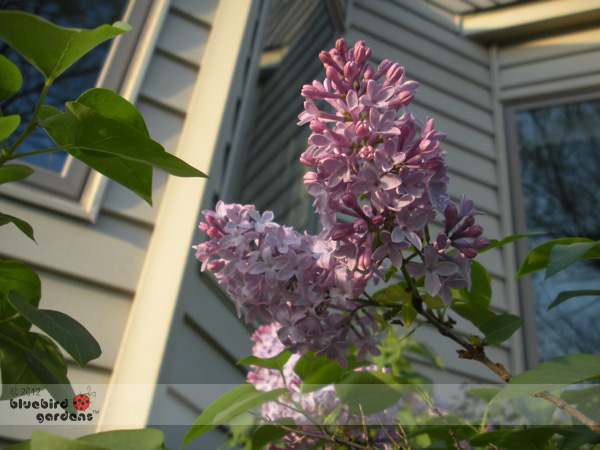The Perfect Garden Gift
/My new gardening cart has an adjustable handle and moves on its axel like a dump truck.
My original idea was to find a used little red wagon at a yard sale. I didn't want another wheel barrow. I have two I can barely keep upright when moving along the slope of my hillside garden.
Once I started digging up plants at a neighbor's garden, I knew I had to get serious about getting a cart. I would need the help to get the plants I was digging up to their new flower beds.
Enter my beekeeping friend David, who loves to shop. He was headed to Springfield, Mo. so would he mind looking around for a good garden cart. Two hours later, he texted me he had found the one in the photo with an adjustable handle and big tires. It barely fit in his car.
Once home, I was enchanted. It was easy to move and at the right height.
"Did you see where it moves like a dump truck," David told me as he gave me the manual.
No, I said, but I can't wait to try it. Of all of the garden gifts I could have given myself, this was even better than I had planned.
Happiness, to a gardener, is definitely a new garden cart!
Charlotte

